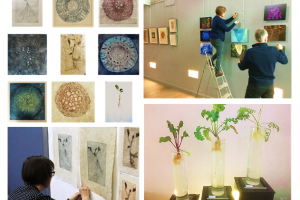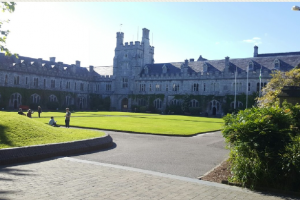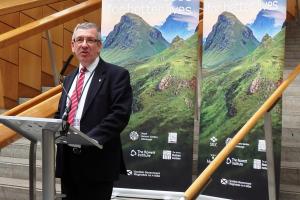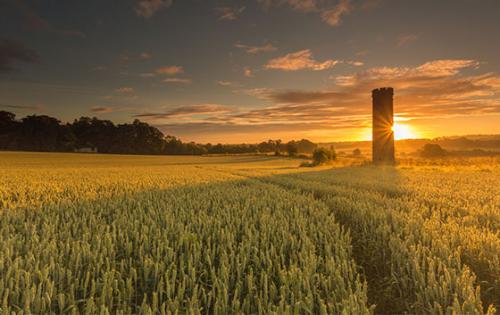
The environmental challenges facing our planet have never been more acute. SEFARI research helps to show how we can protect and restore our natural capital – our soils, biodiversity and ecosystems – and develop effective ways to manage the land and water to improve environmental condition. SEFARI works to better understand how biological, chemical and physical processes can allow us to tackle climate change, adapt to changes coming our way, and build a more resilient and well-functioning environment.
Sector Contact
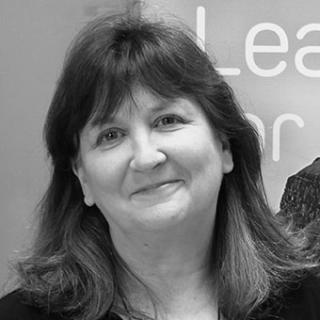
Case Studies
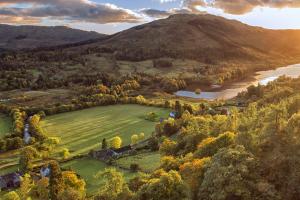
We are pleased that Professor Ian Toth, Head of the Plant Health Centre, is able to tell us more about this new virtual centre and why working together is crucial for enhancing Scotland's resilience in the face of threats to arable crops, trees, horticulture, and wild plants. The Plant Health Centre joins three exisiting Scottish Centres of Expertise on climate, water and animal disease.
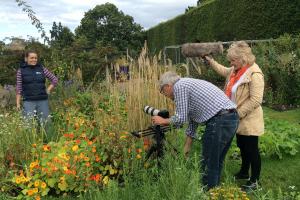
We are pleased that Annemarie Gibson of Circamedia, an Edinburgh-based film and multimedia production company, has provided us with some insights into what excited her whilst learning about SEFARI research and ultimately telling our story on film.
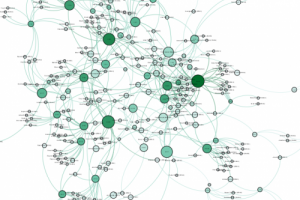
Complex, multidimensional, interconnected data can be extremely difficult to communicate effectively even using classic visualisation tools. Gone are the days when we can just draw a straight line through a 2D scatter graph.
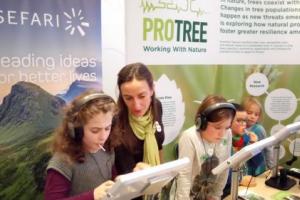
Enlisting people’s help to keep our trees healthy was the task of a team representing SEFARI at the recent science showcase event UnEarthed, held at Dynamic Earth Edinburgh. The event was put on by the Natural Environment Research Council (NERC) to engage the public with environmental science through hands-on activities, and was the largest NERC showcase to date with over 7,000 people visiting between 17 – 20 November.
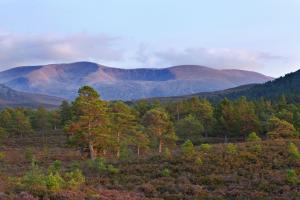
On 27 November 2017, Scotland’s First Minister opened the World Forum on Natural Capital – this two day event sees delegates from around the world explore how our shared geology, soil, air, water and all living things should be properly accounted for - in how we live our lives, and how we spend and invest our money..
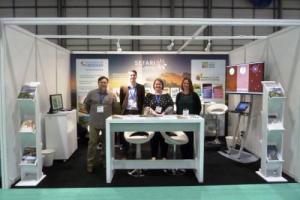
This week SEFARI is heading down south to London to take part in the UK's only food and drink cross-sector event, called Food Matters Live, which is taking place from 21st - 23rd November 2017 at London’s ExCeL.The free to attend event involves around 800 organisations and brings together a wide range of people and companies: food producers and retailers from small and medium enterprises to multi-nationals, UK and international-agencies; non-governmental organizations, research funders, scientists, nutritionists, students, politicians, food campaigners and chefs. Essentially, if you have even a remote interest in food there will be something there for you!
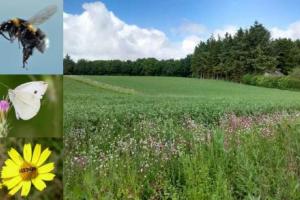
Our farmland environment is made up of a highly complex network of habitats that support an amazing diversity of plants and animals, microscopic soil organisms to farmland birds. Any changes to this intricate network of interactions can be subtle and sometimes unpredictable, so it is important we fully understand how our environment is changing over time.
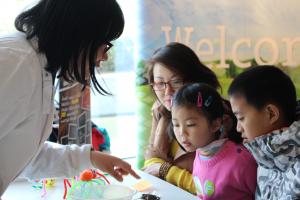
Since our launch event on 29 March 2017 we’ve been busy delivering against our aspirations for SEFARI research to have a real and positive impact on individual lives – the idea underpinning our strapline of Leading Ideas for Better Lives.
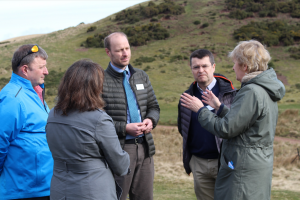
Today sees the launch of SEFARI – ushering in a new era of collaboration between six of Scotland’s leading Research Institutes – each with their own capabilities and global reputation.
Pagination
- First page
- Previous page
- 1
- 2
- 3
- 4
- 5
Blog
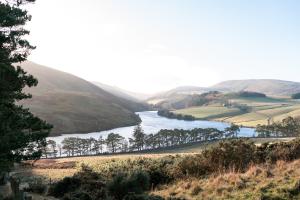
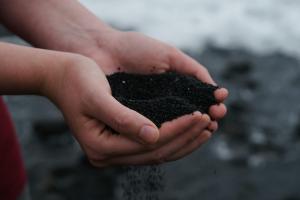
On April 14th, 1935, the largest dust storm in American history occurred. A black cloud carrying 300,000 tons of topsoil from the Great Plains deposited dust as far away as New York.
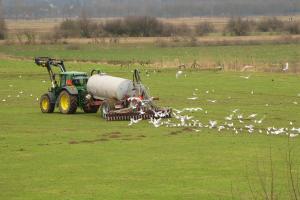
Domestic agriculture provides most of our food consumption and contributes to export revenues and rural livelihoods. At the same time, it is a key sector where management and production changes can reduce pressure on the environment, including air, water, climate and biodiversity.

